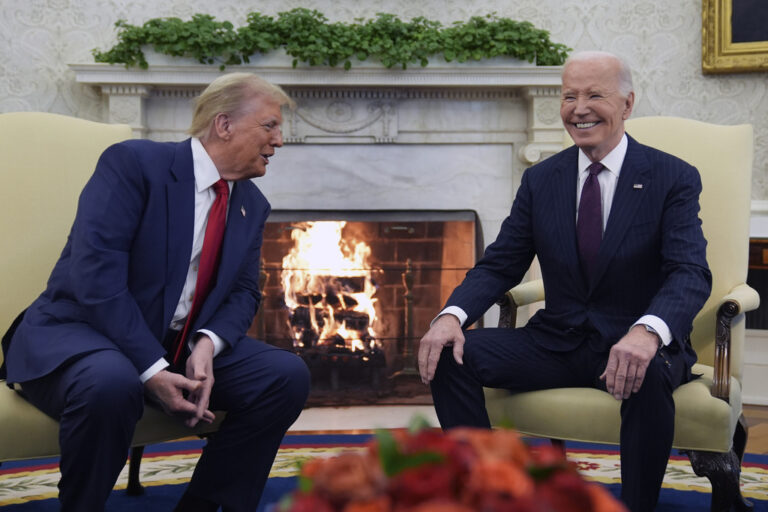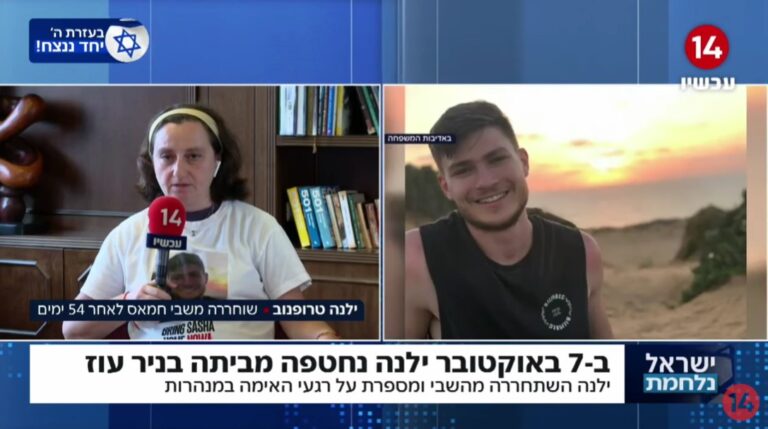 By Rabbi Yair Hoffman for the Five Towns Jewish Times
By Rabbi Yair Hoffman for the Five Towns Jewish Times
True. It is published by Artscroll’s Youth Series, but adults can get a lot out of this portrait of Rav Chaim Kanievsky Shlita as well. It was adapted and translated by Libby Lazewnik from the Hebrew “Gadol b’Kirbech.” Mrs. Lazewnik is a highly talented author based in Baltimore that writes books for both children and adults.
In the very beginning of the book, we catch a glimpse of the young, almost-six-year-old Rav Chaim arriving in Eretz Yisroel in 1934. We read of his insatiable curiosity in approaching an Arab to help him identify an obscure plant mentioned in BaMeh Madlikin – an identification that had eluded both his father as well as his illustrious unlce – the Chazon Ish. His Bar Mitzvah, we learn, was very simple (would we have expected anything different?), and his pshet’l was on hesech daas b’tefillin. And no, they did NOT sing him down.
The sefer is replete with stories that reflect the gadlus, syata dishmaya, and remarkably prescient advice of a Gadol B’Yisroel. But we (and our children who will read it) also see so much more. Rav Chaim is introduced to a man from Gibraltaer. Rav Chaim picks up in fascination. Why is he so fascinated? The Shulchan Aruch (OC 228:1) cites an opinion that when one sees the Mediterranean one recites the blessing of “Oseh HaYam HaGadol.” However, others hold that this bracha is only recited on the Atlantic. Because of the doubt in the bracha, we defer to the generalized bracha of Oseh Maaseh Bereishis. But, Rav Chaim pointed out, at Gibraltar, both oceans can be seen. Therefore, the bracha of Oseh HaYam HaGadol can be recited according to both opinions.
We see his extraordinary tzidkus too. A baal Teshuva asks him a question about not having lechem Mishna for Rosh Hashana. Rav Chaim resolves the dilemma – by inviting the Baal Teshuva to his home.
There are humorous sections as well, but filled with educational points too. We read how Rav Chaim’s wife had told her father-in-law, the Steipler Gaon that Chaim’s back was troubling him. Not realizing that his daughter-in-law was referring to a different relative, the Steipler ordered his son to bed immediately. Not wishing to question his father, Rav Chaim went to bed right away. Only later did he leave when his father discovered the miscommunication. But we do see the alacrity in which Rav Chaim observed the Mitzvah of Kivud Av.
On page 113 we read of an interesting cure for kidney ailment – watermelon juice told to a woman by Rebbitzen Kanievsky. While the woman was alive, the drink helped her. After the Rebbitzen had passed away – the remedy was no longer effective. Rav Chaim commented that the woman had thought that it was the watermelon juice that was the cure. That was not the case, however, it was the Rebbitzen’s bracha that kept her in good health. It is interesting to note that although there is such an idea that is out there – that watermelon juice cleanses the kidneys, the medical world does not agree with it. In light of this, Rav Chaim’s point is therefore all the more fascinating.
A main benefit of the biography is the centrality of Torah study that should be taking place in all of our lives. It is a perspective that is vintage Rav Chaim Kanievsky. In 2002, Rav Chaim was hospitalized (see page 135). The doctor asked him when, in his view, he would be ready to go home. Rav Chaim responded that when he would be able to manage on his own. But what does “managing on his own” mean to Rav Chaim? Rav Chaim answered the doctor’s question. It means “being able to get a sefer off the shelf by myself.” This reflects a different emphasis on our birkas krias shmah in maariv. When we say the words, “Ki haim chayeinu” we can read it either as “for they are our life” or “for they are our life” – emphasizing the word, “they.” Rav Chaim Kanievsky’s entire life shows this emphasis.
We learn how Rav Chaim views his learning schedule. He calls them “chovos” – pages he must learn, but not in a pejorative sense. A page in Shulchan Aruch, two pages in the Yerushalmi, 3 more in the Bavli – these were examples of his “Chovos.”. He viewed them as a holy duty, and he got this perspective from his father (see page 145).
Throughout the sefer you encounter stories that reflect Rav Chaim’s profound anivus – humility. There is another fascinating story about Rav Chaim that actually was not in the book, but shows this quality about him too. Someone had heard him wonder why nowadays bands at weddings no longer play a variety of music, and that they only play the song “yamim al yemai melech tosif” over and over again.
There are five chapters in this book comprising 173 pages. There are also numerous photographs in the sefer. It is highly captivating – written in a “you can’t put it down” style. A fifth or sixth grade student could gain much from it, and perhaps a bright fourth grader as well. Adults will gain immensely as well. It is a very inspiring Sefer.
The reviewer can be reached at [email protected]










